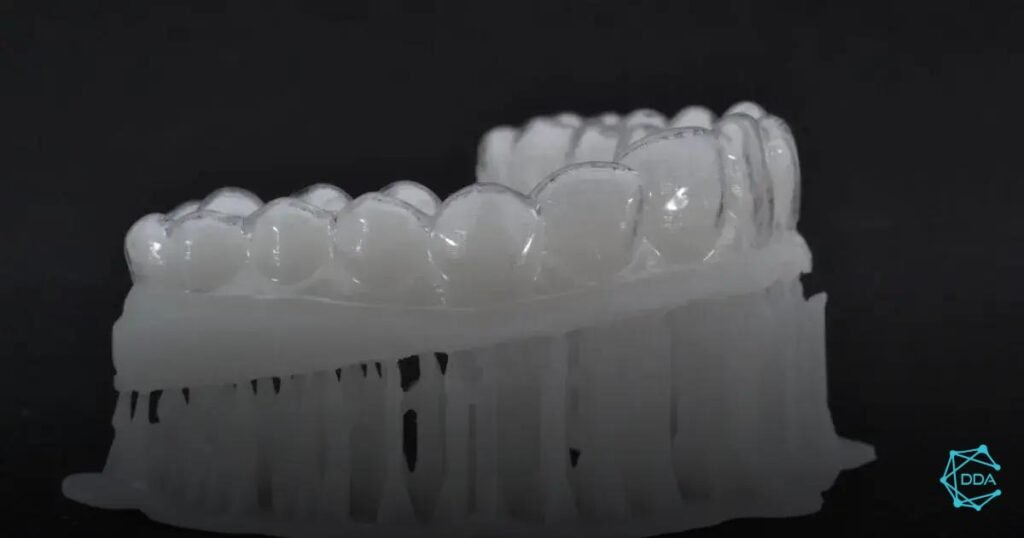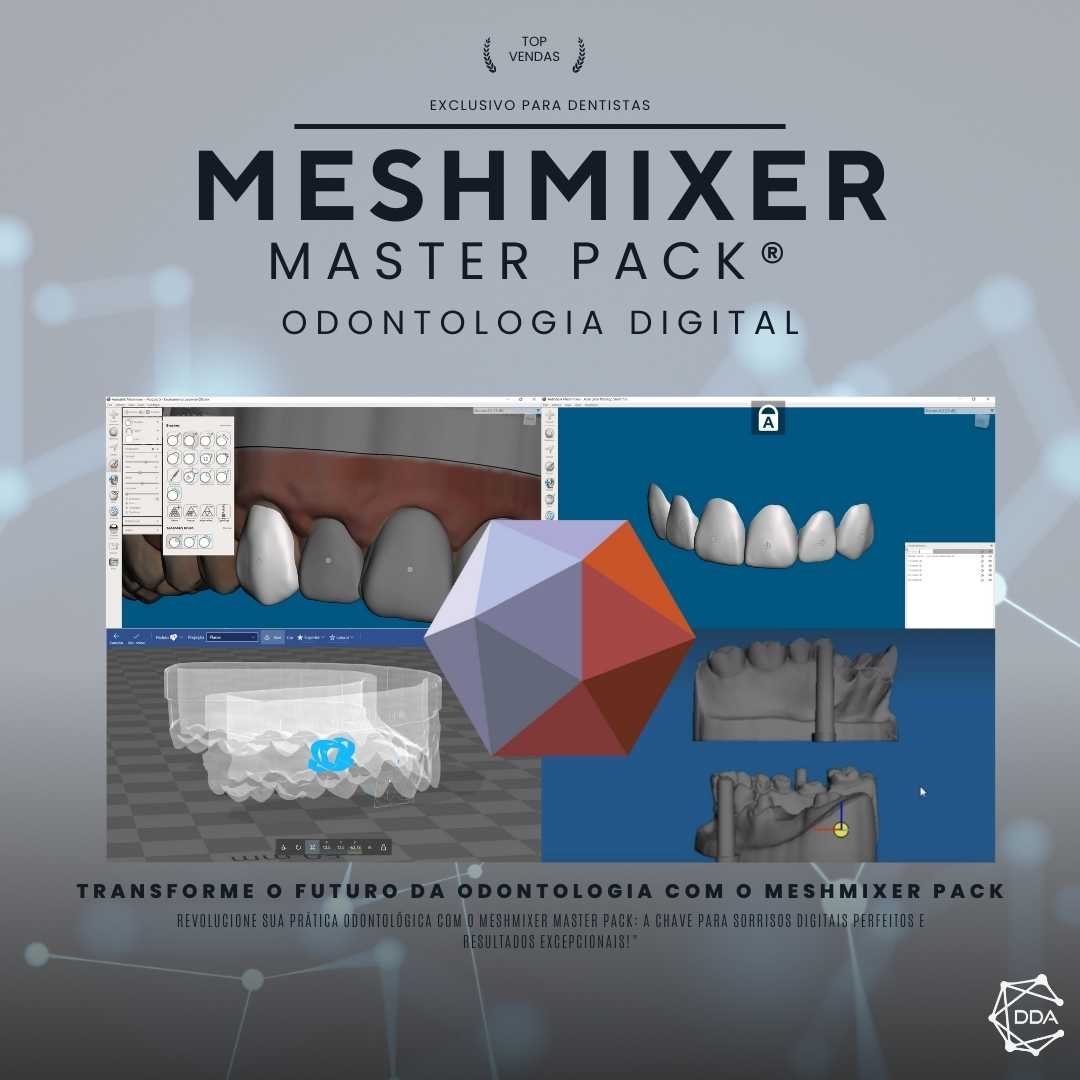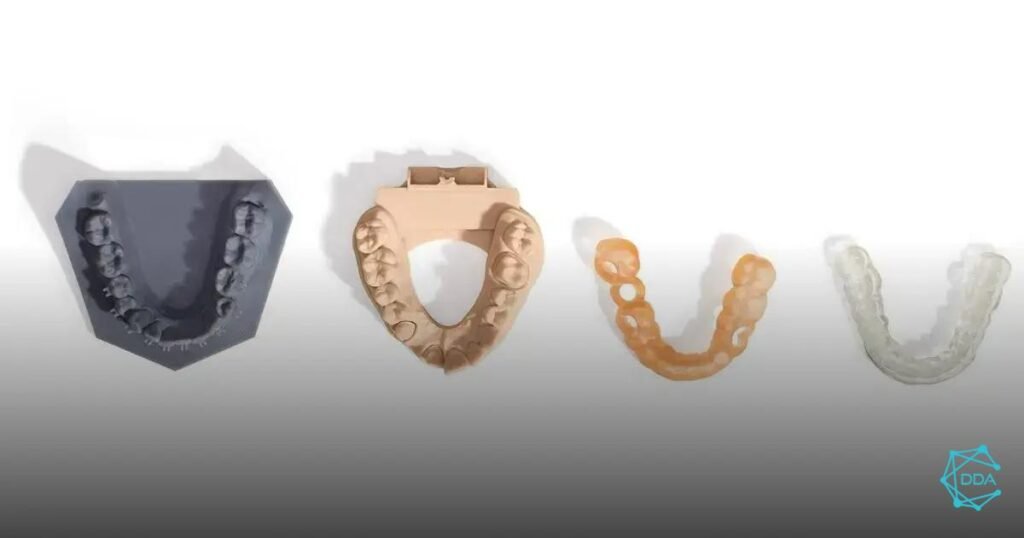O intraoral scanning is an innovative technology that is transforming modern dentistry. With the ability to capture accurate digital images of a patient's mouth, this technique offers a number of advantages for both dentists and patients. In this article, we'll explore the benefits of intraoral scanning and how it can improve dental practice and the patient experience.
What is Intraoral Scanning?


O intraoral scanning is a dental procedure that uses a digital device to capture three-dimensional images of the patient's oral cavity. Unlike traditional impressions, which are often uncomfortable and require impression materials, intraoral scanning is quick and less invasive.
This process involves using a small scanner inserted into the patient's mouth. The device emits light and captures thousands of high-definition images, which are then processed by specialized software. The result is a precise digital model that can be used for planning treatments such as restorations, orthodontics, and implants.
In addition to providing greater patient comfort, intraoral scanning also improves treatment accuracy. The technology eliminates common errors associated with manual impressions, ensuring dentists have access to more reliable data.
In summary, intraoral scanning represents a significant evolution in dentistry, combining advanced technology with a more pleasant patient experience.
Benefits for the Dentist
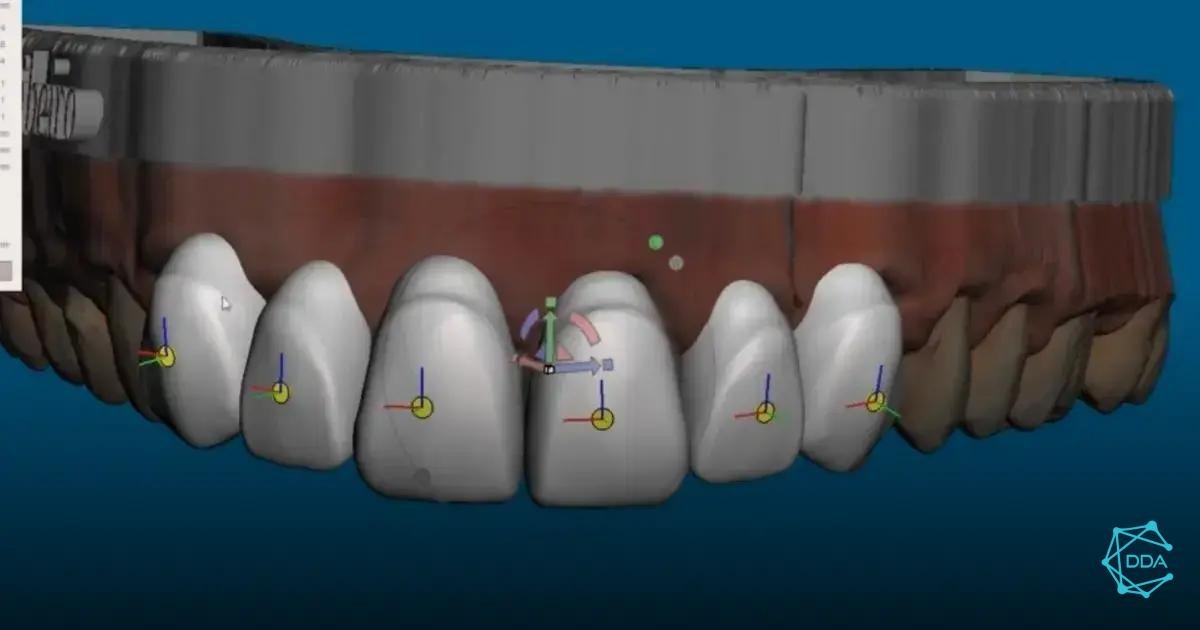

You benefits of intraoral scanning for dentists are diverse and directly impact the efficiency and quality of service. Firstly, this technology allows for a more accurate diagnosisWith detailed digital images, dentists can identify dental problems more clearly and develop more effective treatment plans.
Furthermore, intraoral scanning reduces the time required to perform procedures. Instead of waiting for impression material to dry, dentists can create digital models in a matter of minutes, speeding up the process and increasing productivity.
Another significant advantage is the ease of sharing informationDigital models can be easily sent to laboratories or other specialists, facilitating collaboration on complex cases and improving communication between oral health professionals.
Intraoral scanning also contributes to the patient satisfactionBy offering a more comfortable and less invasive experience, dentists can build patient loyalty and attract new clients, setting themselves apart in a competitive market.
Ultimately, this technology promotes a modern and innovative image of the office, attracting patients looking for cutting-edge treatments and increasing the professional's credibility.
Advantages for Patients
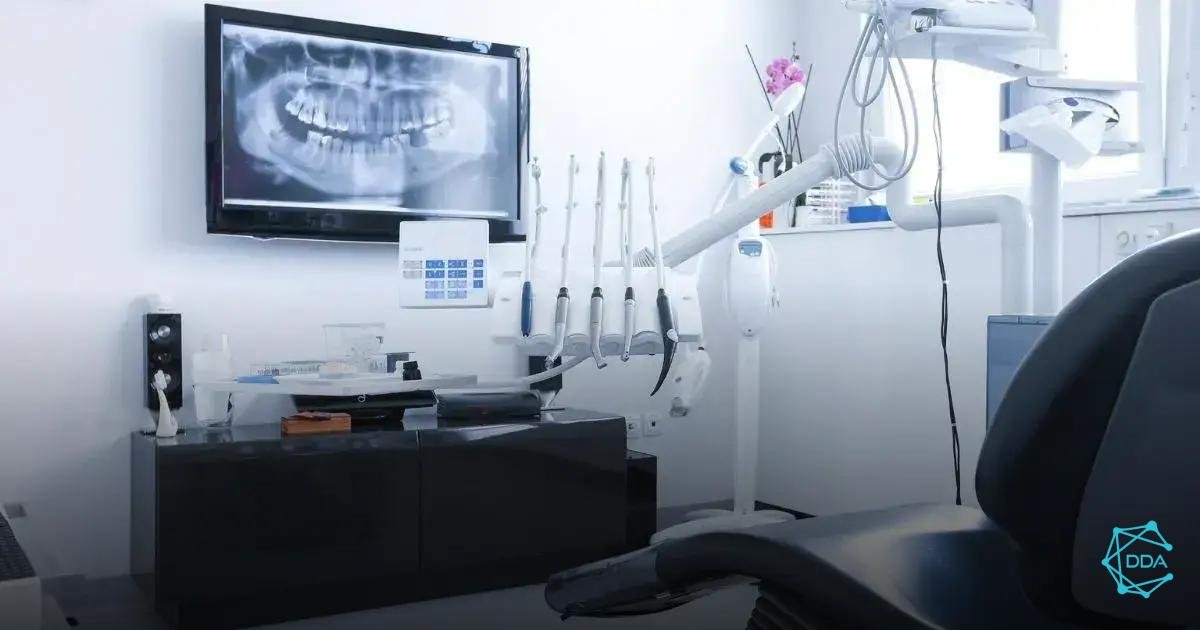

O intraoral scanning brings countless benefits for patients, making the dental experience more comfortable and efficient. One of the main advantages is the reduction of discomfortUnlike traditional impressions, which can be uncomfortable and cause nausea, scanning is a quick and non-invasive procedure, providing greater comfort during the consultation.
Additionally, intraoral scanning offers high-precision imagesThis means dentists can diagnose and treat dental problems more effectively, resulting in better clinical outcomes and greater patient satisfaction.
Another significant benefit is the speed of the processDigital models can be generated in minutes, eliminating the need to wait for dry impressions, meaning patients spend less time in the office and can resume their daily activities more quickly.
Intraoral scanning also allows for a greater transparency in treatment. Patients can view digital images of their mouth and better understand the dentist's diagnoses and proposed treatment plans, increasing trust and collaboration between the dentist and the patient.
Ultimately, this technology is a step towards a treatment more sustainable and less wasteful. The elimination of traditional impression materials reduces environmental impact, reflecting a growing concern for sustainability in dentistry.
Comparison with Traditional Moldings
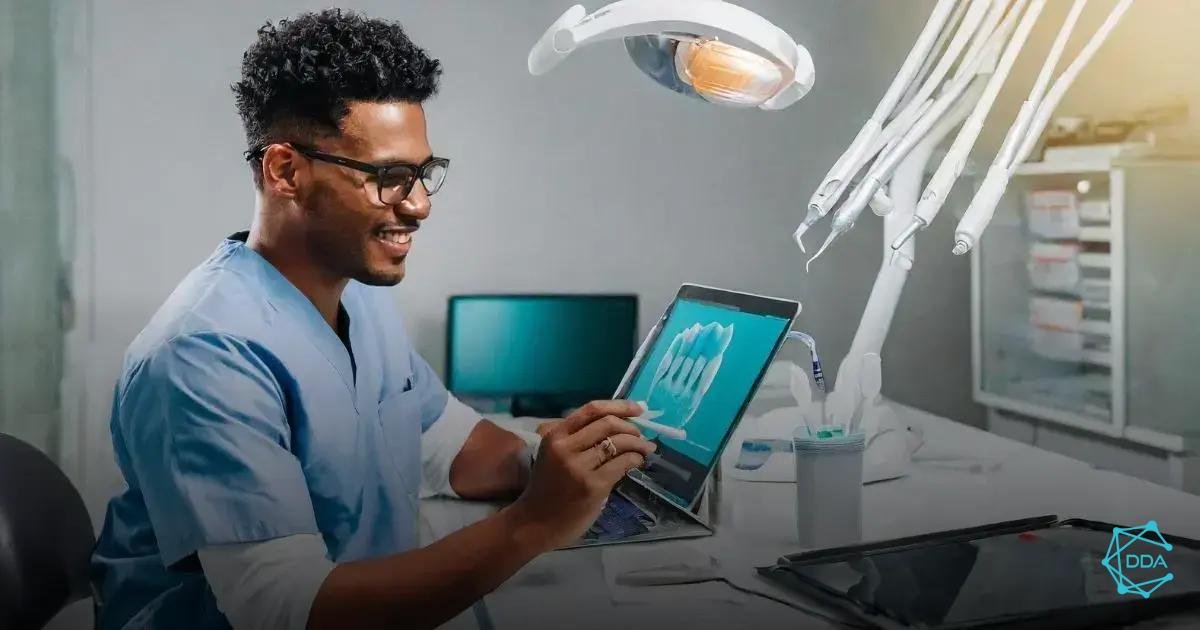

When it comes to dental impressions, the comparison between intraoral scanning and traditional impressions is clear. Traditional impressions involve the use of materials such as alginate or silicone, which need to be mixed and applied to the patient's mouth. This process can be uncomfortable and time-consuming, in addition to requiring a waiting period until the material dries and solidifies.
On the other hand, intraoral scanning uses a digital scanner that captures images in real time, creating a 3D model of the patient's mouth in a matter of minutes. This not only eliminates the need for physical moldings, but also significantly reduces query time.
Furthermore, traditional impressions are prone to errors, such as air bubbles or deformations, which can compromise the accuracy of the treatment. Intraoral scanning, on the other hand, offers a superior accuracy, since digital images are less prone to errors and can be easily reviewed and adjusted.
Another important point is the patient experienceMany report that traditional impressions cause discomfort and anxiety, while intraoral scanning is a more pleasant procedure that does not require the use of materials that can cause nausea.
In summary, the comparison between intraoral scanning and traditional impressions reveals that digital technology not only improves accuracy and efficiency, but also provides a more comfortable and satisfying experience for patients.
Future of Intraoral Scanning
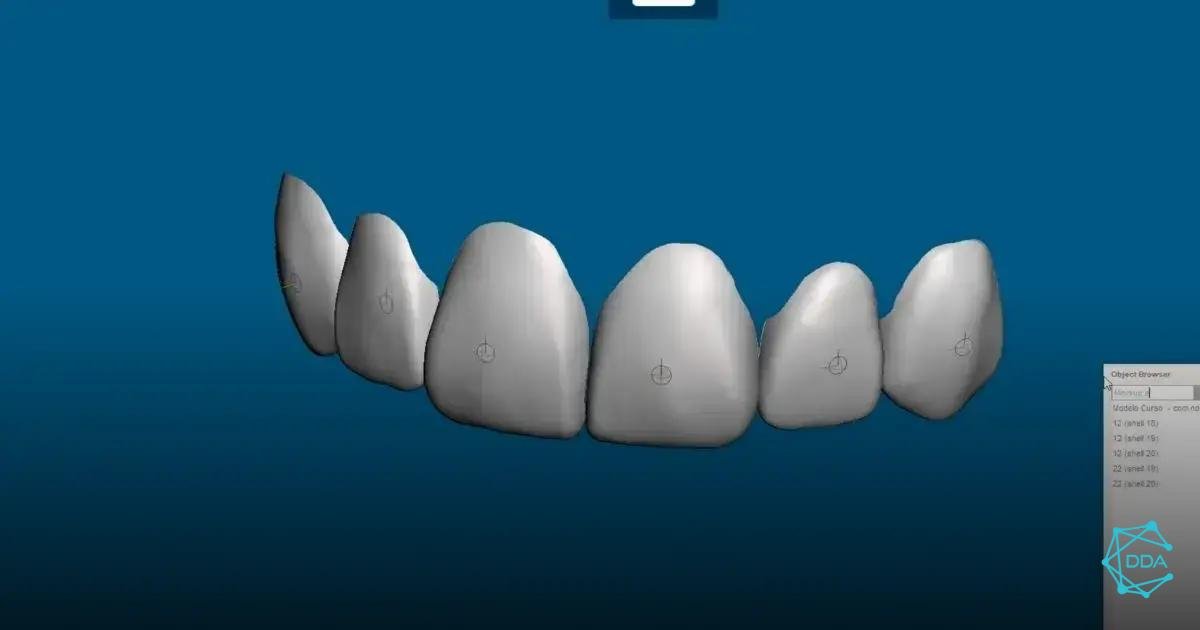

O future of intraoral scanning promises to be even more revolutionary as technology advances and becomes more integrated into dental practice. One of the most exciting trends is integration with artificial intelligence. With advanced algorithms, intraoral scanners will be able to automatically analyze captured images, identifying dental problems and suggesting accurate diagnoses.
Furthermore, the miniaturization of devices will allow scanners to be even more portable and accessible. This means dentists will be able to perform scans in different settings, such as mobile clinics or even in patients' homes, expanding access to quality dental care.
A augmented reality could also play an important role in the future of intraoral scanning. With this technology, dentists will be able to overlay digital information onto real images of the patient's mouth, making it easier to visualize treatments and communicate with patients about their needs.
Another aspect to be considered is the cost reductionAs the technology becomes more common and accessible, the prices of intraoral scanning devices are expected to decrease, allowing more dental practices to adopt this practice.
Ultimately, intraoral scanning will continue to be an essential component of digital dentistry, contributing to faster, more precise, and more comfortable treatments. As more dentists adopt this technology, patients can expect an increasingly innovative and satisfying experience.

